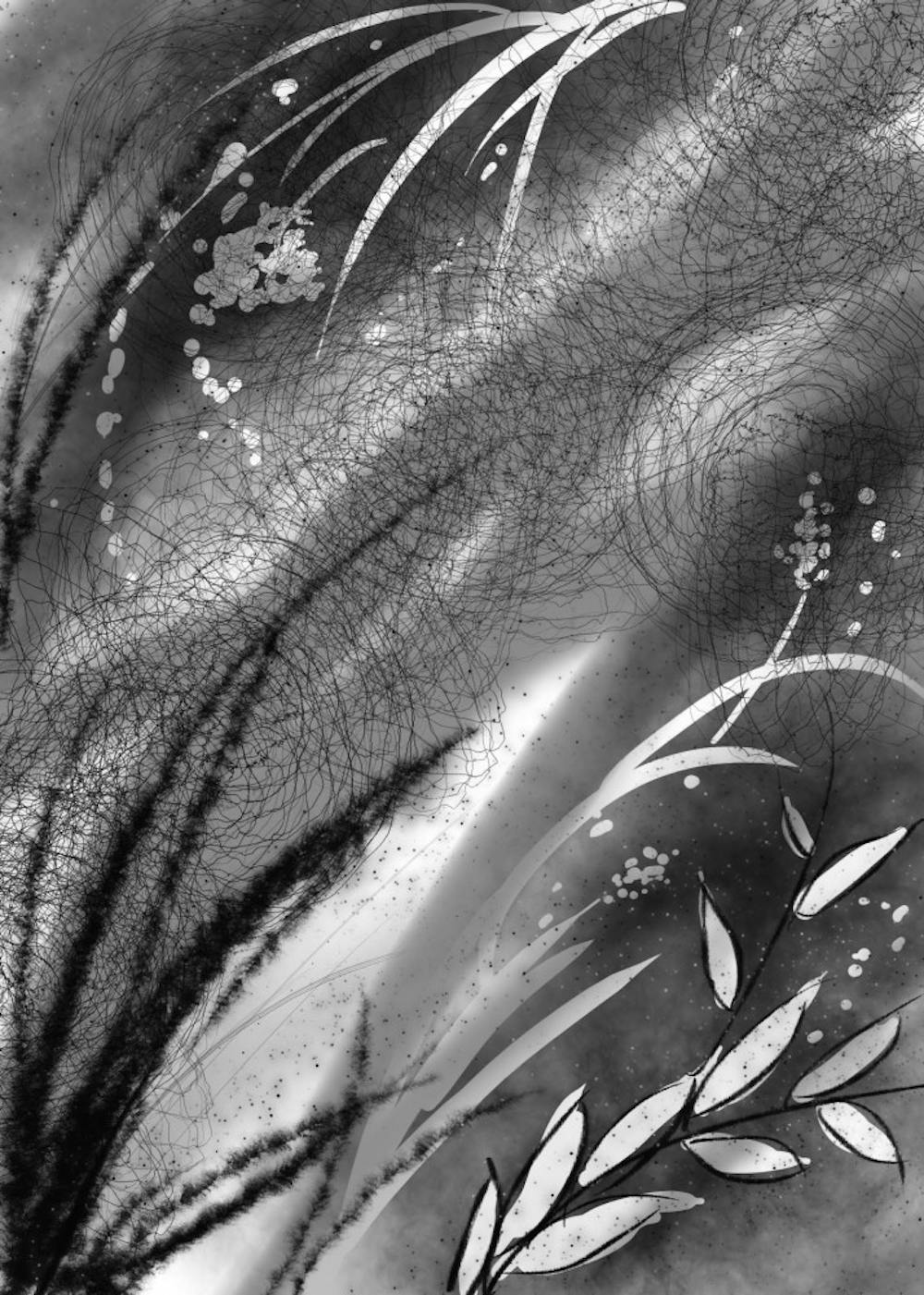Artistic and scientific history collide in “Entwined: Botany, Art and the Lost Cat Swamp Habitat,” an exhibit at the John Hay Library that examines biological diversity in Providence. The exhibit depicts the biodiversity of the Wayland and Blackstone neighborhoods in East Providence, previously known as “Cat Swamp,” by featuring botanical illustrations of wildflowers from the Rhode Island Historical Society and specimens collected by the Brown Herbarium.
Until the early 20th century, the Cat Swamp remained undeveloped, even during the urban expansion of College Hill and downtown Providence, said Tim Whitfeld, director of the Brown University Herbarium and assistant professor in the ecology and evolutionary biology department. Whitfeld, who helped curate the exhibit, explained that potential developers considered Cat Swamp too expensive and difficult to build on. The exhibit notes that a civil engineer named John Freeman began to develop Cat Swamp around 1915. Today, the former marshland includes areas like the commercial Wayland Square.
Whitfeld hopes that the exhibit will give viewers a chance to learn more about the history of Providence, as well as provide an opportunity to discuss the loss of biodiversity. “Perhaps now cities are becoming more aware of the importance of maintaining some biodiversity within the urban area … but certainly when the Cat Swamp area was being developed I doubt there was much effort to think about preserving this area just for its intrinsic importance to biological diversity,” he added.
The specimens displayed in the exhibit are only a fraction of the plants collected and preserved by the Brown Herbarium from Cat Swamp. According to Whitfeld, the Herbarium boasts over 500 botanical specimens from the Cat Swamp area, mostly collected in the late 1800s. William Whitman Bailey, the first professor of botany at Brown, was instrumental in collecting many of the these specimens. Richard Ring, the deputy executive director for collections and interpretation at the Historical Society, explained that they possessed over 200 botanical illustrations by the 19th-century artist Edward Lewis Peckham.
When the curators cross examined Peckham’s illustrations with the Herbarium collection, they realized the overlap of species from the Cat Swamp area.
Karen Asher, former president of the Rhode Island Wild Plant Society, described how she was immediately in awe of the beauty of Peckham’s drawings. “Nobody had even heard of this guy — Edward Peckham — and the quality of his work is like the quality of Audubon,” she said.
The exhibit presents Peckham’s illustrations with specimens of the same species, along with descriptions, poems, maps, quotes and even journals of Bailey and Peckham. Many of these species of wildflowers can no longer be found in Providence, although it is possible to see them in other parts of Rhode Island. “It’s a lesson in what happens to biological diversity as urban development gradually takes over an area,” Whitfeld said.
The showcase is also in collaboration with the project Year of the City, “a yearlong initiative throughout the city of Providence to exhibit in all of the neighborhoods of Providence something about the history of Providence,” said Tiffini Bowers, exhibition curator at the John Hay Library. Bowers described how the intersection of science, art and history in “Entwined” makes it a natural fit.
“Entwined” will be displayed at the John Hay exhibition gallery through April 30. The exhibit is the result of a collaboration between the Rhode Island Historical Society, the Rhode Island Wild Plant Society, the Brown Herbarium and the John Hay Library.





